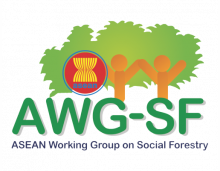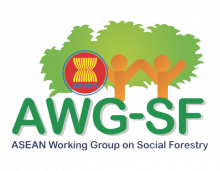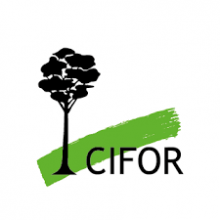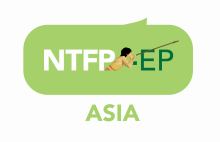External actors can influence social forestry in multiple ways. Their influence depends on the support communities need in managing local forests. External actors include development agencies; national, sub-national and local governments; universities; non-governmental organizations; and media.
External actors can introduce and facilitate social forestry projects, provide incentives for managing forests, enhance local capacity and institutions, and facilitate policy learning processes.
Some local communities might be more dependent on external assistance than others, particularly when there are weak local institutions and governance.
Checklist questions
These questions address the suitability and sustainability of external social forestry initiatives. They indicate the type of external support needed in social forestry development, and the opportunities and threats that come with market integration.
- Is the social forestry model compatible with the realities of forest communities, particularly in the context of forest management objectives?
- Do vulnerable groups, including women, youth, and customary and ethnic minorities, have equal access to markets and market information?
- Is there a safeguards mechanism related to possible risks brought by external interventions or market uncertainty?
- How adaptive are local institutions to absorb and respond to dynamic market conditions?
With increasing regional and international economic integration, local communities are exposed to the risks and opportunities of regional and international economic demands. The ASEAN Economic Community is one example of this integration. The regional market and policy mechanisms affect local people through a supply chain of forest products and agriculture related development.
Access to markets presents both opportunities and risks for social forestry. Market access can increase values of forest products and services, and provide incentives for local people to manage their forest. It also provides opportunities for development of forest-based community enterprises, which are often facilitated by external institutions.
Although community forestry enterprises in ASEAN are growing in popularity as part of social forestry approaches and strategies, forest-based enterprises are not new. Communities have always been harvesting and growing trees or other plants to meet demand for forest products. Two examples demonstrate supports to community forestry enterprises within regional market and political mechanisms.
External supports can be indirect as well, by providing resources and facilitating policy learning processes as shown by initiatives like the AWG-SF Strategic Response Fund and the development of a national roadmap on social forestry in Malaysia.














